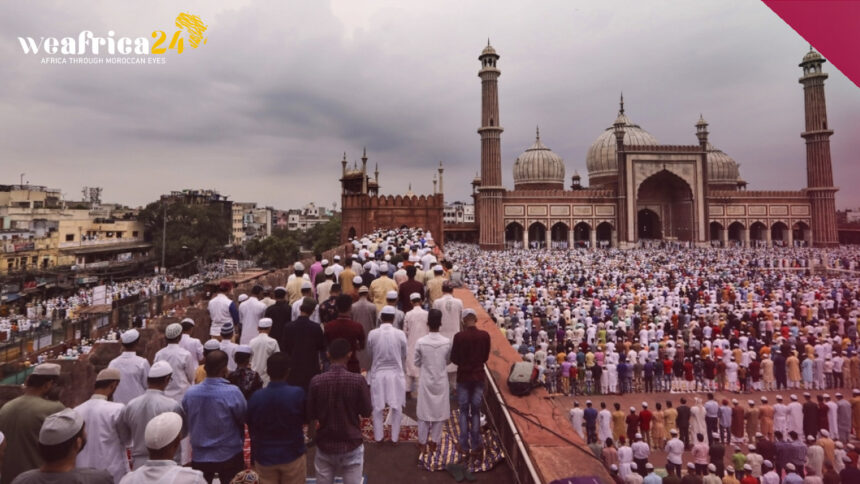Eid al-Adha, also known as the “Festival of Sacrifice,” is one of the most significant celebrations in the Muslim community worldwide. This joyous occasion commemorates the profound act of devotion and obedience demonstrated by the Prophet Ibrahim (Abraham) towards Allah (God). Muslims around the world observe this auspicious festival with deep reverence, unity, and a spirit of giving. we will explore the customs, rituals, and the essence of Eid al-Adha within the Muslim community.
The Story of Prophet Ibrahim
Eid al-Adha revolves around the story of Prophet Ibrahim, who was tested by Allah with a command to sacrifice his beloved son, Ismail (Ishmael). Displaying unwavering faith and submission to the will of God, Prophet Ibrahim prepared to fulfill this command. However, as he was about to sacrifice his son, Allah replaced Ismail with a lamb, symbolizing the ultimate act of obedience. This event serves as a reminder of the importance of absolute trust and surrender to Allah.
The Spiritual Significance
Eid al-Adha encapsulates various spiritual aspects cherished by Muslims. It is a time for reflection, selflessness, and gratitude. Muslims reflect on the story of Prophet Ibrahim, drawing inspiration from his unwavering faith. The festival serves as a reminder of the importance of sacrificing one’s desires and ego for the sake of pleasing Allah and serving humanity. Muslims also express their gratitude for the blessings in their lives and share their prosperity with those in need.
Preparations for Eid al-Adha
In the days leading up to Eid al-Adha, Muslim households bustle with preparations. Cleaning, decorating homes, and shopping for new clothes are common practices. Families and friends come together to exchange warm wishes and express their excitement for the festival. Additionally, special prayers are offered in mosques, seeking blessings and forgiveness.
The Rituals of Eid al-Adha
Eid al-Adha begins with a congregational prayer at the mosque, where Muslims gather early in the morning. The prayer is led by an Imam and is attended by men, women, and children, fostering a sense of unity and community spirit. Following the prayer, Muslims visit the graves of their loved ones to offer prayers and remember the deceased.
Sacrifice and Distribution
An essential aspect of Eid al-Adha is the sacrifice of an animal, typically a goat, sheep, cow, or camel. The act symbolizes Prophet Ibrahim’s willingness to sacrifice his son and serves as a reminder of the value of giving. The meat from the sacrificed animal is divided into three parts: one part is retained by the family, one is shared with friends and relatives, and the remaining portion is distributed among the less fortunate, ensuring that everyone can partake in the joy of the occasion.
Celebrations and Festivities
Eid al-Adha is a time of great celebration and merriment. Families and friends come together to enjoy delicious feasts, exchange gifts, and visit one another. Children eagerly anticipate receiving “Eidi,” which are monetary gifts given by elders. The atmosphere is filled with laughter, happiness, and a sense of togetherness as people strengthen their bonds and foster goodwill.
Eid al-Adha Around the World
Eid al-Adha is celebrated by Muslims across the globe, transcending borders and cultures. The festival showcases the diversity within the Muslim community, as each region incorporates its unique customs and traditions. Whether in Saudi Arabia, Turkey, Pakistan, or the United States, the underlying essence of Eid al-Adha remains the same—faith, sacrifice, and gratitude.







